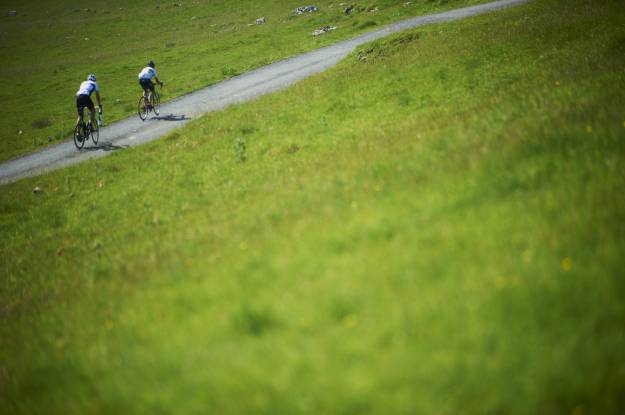![]() Follow britishcycling.org.uk on
Follow britishcycling.org.uk on ![]()
![]()
![]()
![]()
Welsh Assembly Pledges 5% of Road Budget to Cycleways
Posted: 2nd February 2010 | Sustrans
 Local authorities across Wales must spend 5 per cent of their Road Maintenance Grant on maintaining cycleways from April, says the Welsh Assembly Government in a move applauded by sustainable transport charity Sustrans.
Local authorities across Wales must spend 5 per cent of their Road Maintenance Grant on maintaining cycleways from April, says the Welsh Assembly Government in a move applauded by sustainable transport charity Sustrans.
Sustrans has been calling for two years for Wales' Highways Authorities to think about the needs of pedestrians and cyclists with the same commitment they give to providing for cars. Now, this has directly influenced the Government's decision to pledge financial support.
The 5 per cent commitment amounts to around £10,000 per local authority for maintaining on-road cycle routes.
Lee Waters, Sustrans Cymru Director, said; 'It is a modest start but sets an important precedent. As a direct result of Sustrans' work over the last two years, supported by other organisations in Wales, local authorities now have a financial incentive to maintain cycle paths in the same way, if not on the same scale, as they do for roads.
'Currently the commitment only extends to on-road cycle routes, now we need to see the same apply to creating and maintaining traffic-free routes.'
Establishing the right conditions for people to travel in more active, healthy ways is particularly relevant as the Welsh Assembly Government launched its 'Creating an Active Wales' strategy last month, setting targets to increase the physical activity of people across the country by 2020.
Many people favour exercise which can be incorporated into the routine of their daily lives over attending sporting or gym based activities. Creating and maintaining environments to support walking and cycling is a crucial part in enabling more active and healthy lifestyles.
Lee continued: 'If we want to encourage people to lead more active lives then we need to make walking and cycling more attractive alternatives to the car for short journeys. This is an important small step in that direction.'








